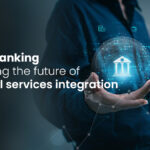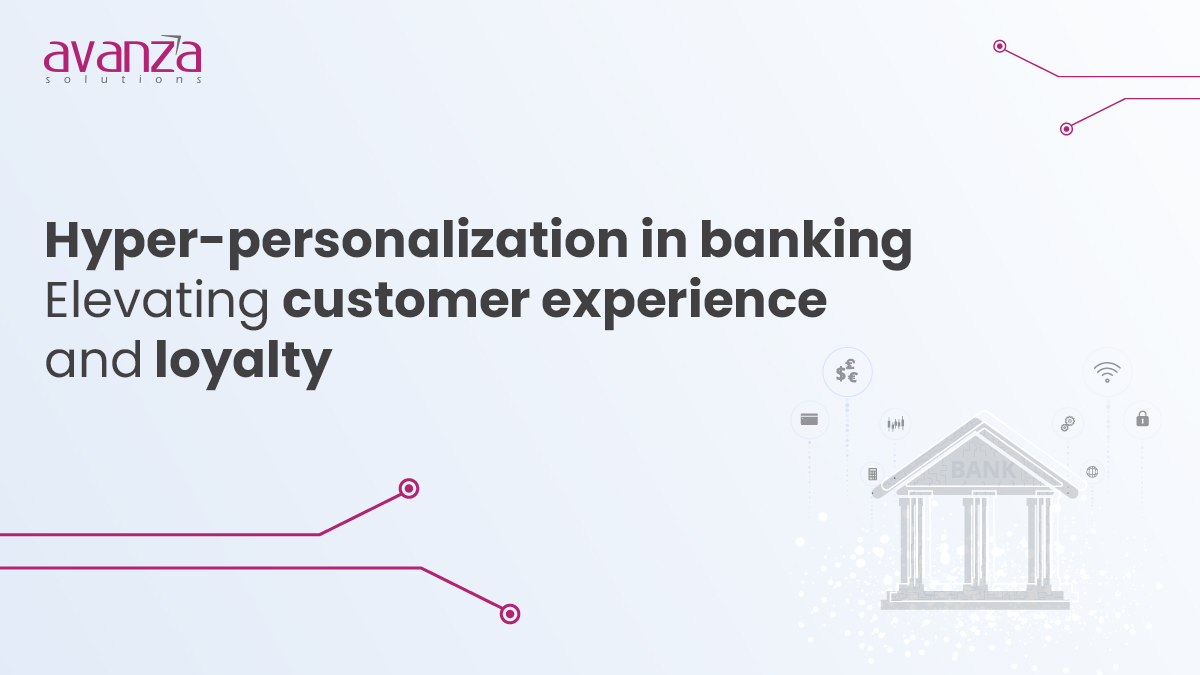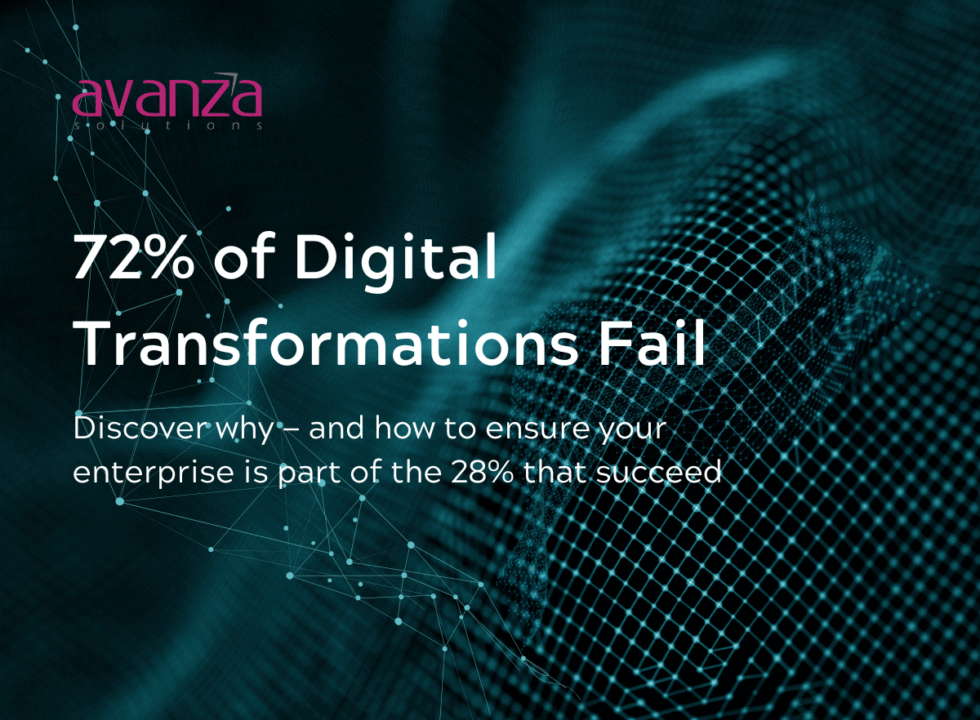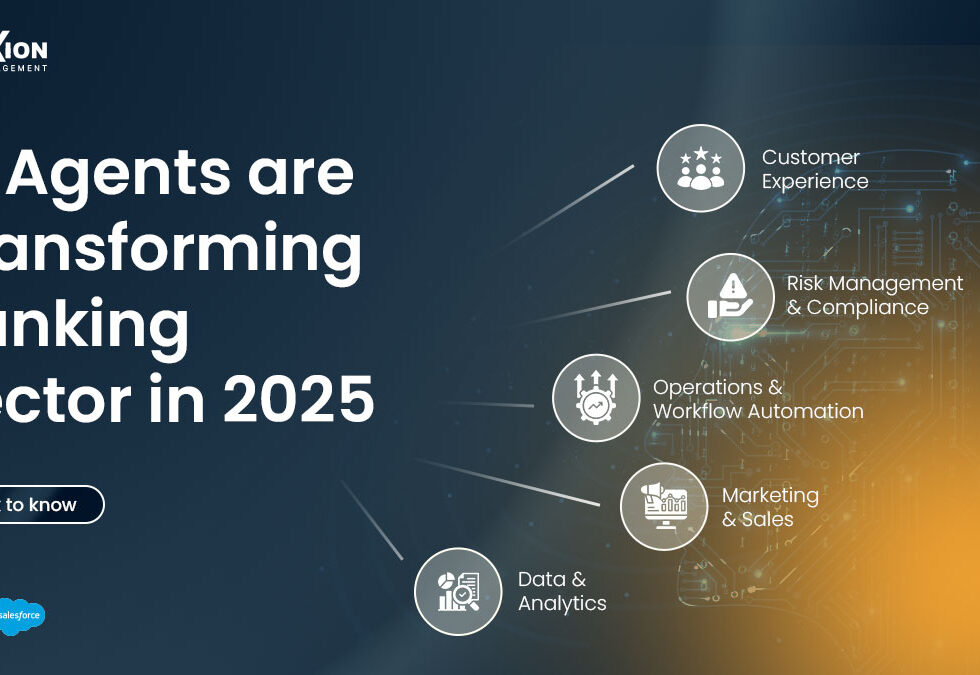
Fusion Banking: Pioneering the Future of Financial Services Integration
November 7, 2024
The Emergence of AI Agents in Banking for Loyal Customer Journeys
December 5, 2024Transforming Banking with Hyper-Personalization: Delivering Exceptional Customer Experiences
In today’s rapidly changing financial landscape, hyper-personalization in banking services has emerged as a powerful tool to create deeply meaningful customer experiences. As customers demand more tailored services and interactions, financial institutions must evolve beyond generic offerings and harness the power of data, advanced analytics, and AI-driven insights to deliver hyper-personalized services. This approach enables banks to better understand, predict, and cater to individual customer needs, ultimately fostering loyalty and a competitive edge.
What is Hyper-Personalization in Banking?
Unlike traditional personalization, which often involves broad customer segmentation, hyper-personalization takes a deeper dive into data. It leverages real-time customer data, predictive analytics, and AI to craft bespoke products, services, and experiences tailored to the individual, not just a demographic. For example, a customer using their bank's mobile app might receive personalized mortgage recommendations based on their financial behavior, spending patterns, and credit profile, as opposed to generic promotional offers.
Why Hyper-Personalization Matters in Banking
As financial institutions face mounting competition from fintech disruptors and rising customer expectations, hyper-personalization becomes more than just a nice-to-have feature; it's a critical differentiator. Here’s why:
Enhanced Customer Engagement and Loyalty: Personalized interactions drive stronger customer engagement. When customers feel understood and valued, they are more likely to stick with their bank, resulting in higher retention rates and lifetime value.
Increased Customer Satisfaction: Tailoring services to customer preferences leads to enhanced satisfaction and a better overall experience. Customers appreciate timely, relevant offers and seamless service experiences that cater to their unique needs.
Proactive Service and Advice: With hyper-personalized banking, institutions can anticipate customer needs before they even arise. Predictive models analyze customer data to proactively suggest savings plans, credit options, and risk management solutions, helping clients make informed financial decisions.
Revenue Growth: Banks implementing hyper-personalization strategies often see an increase in revenue by offering targeted upsell and cross-sell opportunities. AI-driven models allow banks to predict the right products for each customer at the right time, significantly boosting conversion rates.
Key Elements of Hyper-Personalization in Banking
Hyper-personalization in banking services thrives on several core elements:
Data Integration and Analysis: Banks must aggregate data from multiple touchpoints (e.g., transactions, social media, and mobile app interactions) to build a 360-degree view of the customer. Advanced data analytics tools can identify patterns, behaviors, and preferences that inform hyper-personalized strategies.
Artificial Intelligence and Machine Learning: AI and ML algorithms play a crucial role by analyzing customer data in real-time and generating personalized insights. From chatbots delivering bespoke financial advice to AI-driven investment tools, these technologies power the hyper-personalization engine.
Behavioral Insights: Understanding customer behavior is at the heart of hyper-personalization. Behavioral analytics capture how customers interact with various banking channels, enabling banks to predict their future needs and deliver targeted messaging and services.
Real-World Applications of Hyper-Personalization
Targeted Promotions and Offers: Banks can offer hyper-personalized promotions tailored to individual spending habits, financial goals, and life milestones. For instance, a customer nearing retirement may receive personalized investment options to maximize their savings, while a frequent traveler may be offered foreign exchange benefits.
Personalized Customer Service: Hyper-personalization extends beyond products to customer service experiences. AI-driven customer support tools can instantly identify a customer’s preferences and history, creating smoother, more efficient interactions that feel bespoke.
Customized Financial Planning: AI-driven personal finance tools can deliver tailored savings plans, budgeting assistance, and credit management recommendations based on a customer’s unique financial behaviors and life goals.
Challenges in Implementing Hyper-Personalization
While hyper-personalization offers immense benefits, implementation isn't without its challenges. Key hurdles include data privacy concerns, regulatory requirements, the complexity of integrating data systems, and the need for robust AI capabilities. Financial institutions must strike a delicate balance between leveraging customer data and protecting it, ensuring that personalized experiences remain secure and compliant with regulations.
Future of Hyper-Personalization in Banking
As digital transformation continues, the future of hyper-personalization in banking looks promising. Banks will increasingly adopt predictive analytics, open banking APIs, and customer-driven innovation to create ultra-customized experiences. The ultimate goal is to foster an environment where banking seamlessly integrates into customers’ lives, offering personalized, proactive, and real-time solutions that meet their every need.
By embracing hyper-personalization, financial institutions can become true partners in their customers’ financial journeys, leading to increased engagement, loyalty, and profitability. Now is the time to harness data-driven insights and next-level technologies to revolutionize banking experiences.






